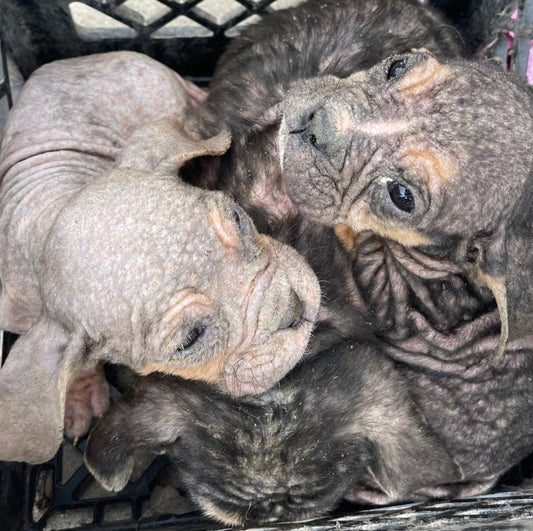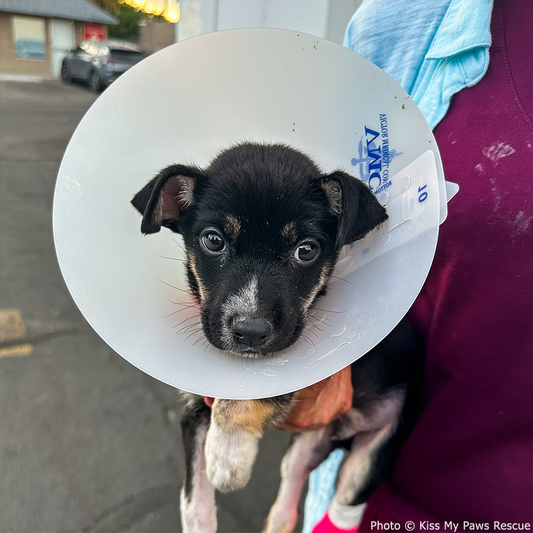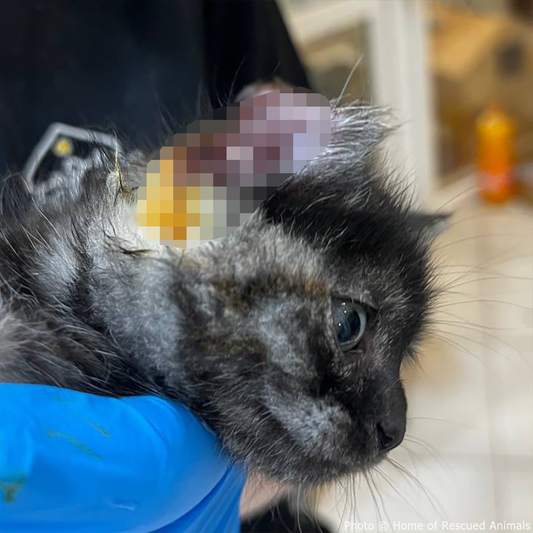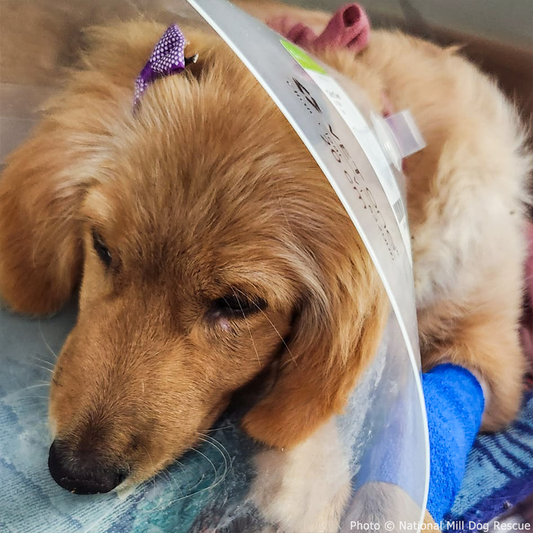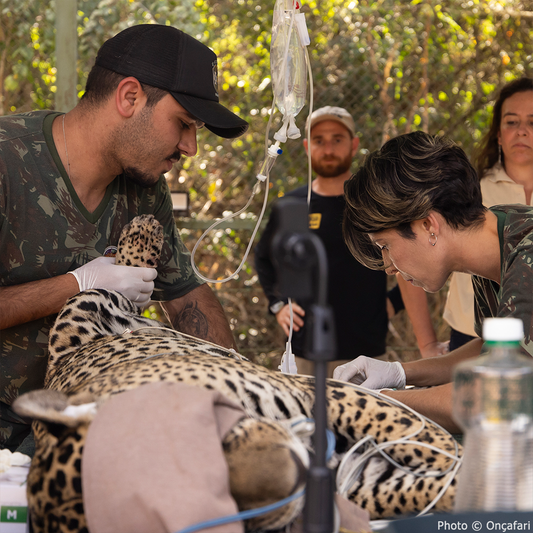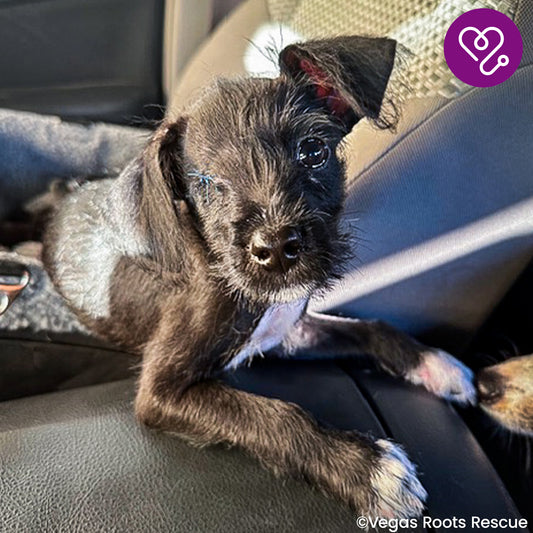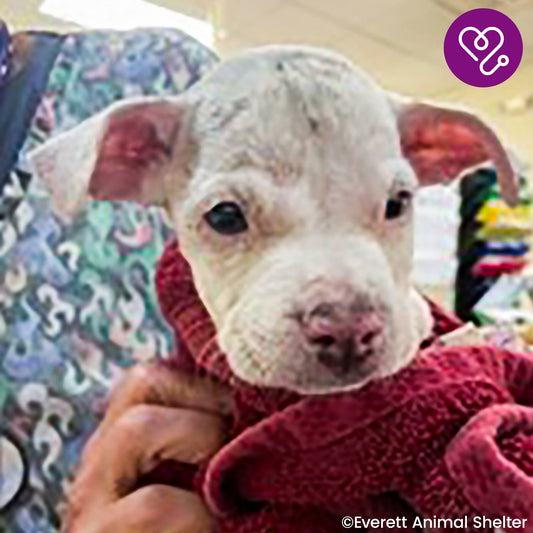Conservation Success: Two Litters Have Been Born to Endangered Wildcats Released Last Year
Michelle Milliken
Adobe Stock / alan1951
The wildcat, the only member of the cat family native to Britain that’s still found there, is critically endangered in the United Kingdom. Due to habitat loss and persecution from humans, their range had been whittled down to a small sliver of Scotland. Last year, 19 wildcats were released in the area of Cairngorms National Park in the Scottish Highlands as part of a restoration effort, and it appears wild-born kittens have followed.
According to an update from the Saving Wildcats partnership, led by the Royal Zoological Society of Scotland, at least two litters have been born to female cats involved in last year’s release.
Dr. Keri Langridge, Saving Wildcats Field Manager, says, “We suspected that some of the females had given birth when their movement and activity changed very suddenly but didn’t know for sure until footage of the kittens was captured on our cameras.”
She adds, “We didn’t dare to dream that we would have wildcat kittens in the first year of releases, and seeing those kittens on the video was the most exciting moment of the project so far.”
The team says they’re doing everything they can to avoid disturbing the mothers and their new babies, but they’re able to monitor them with assistance from local landowners and the community. Last year’s released cats were equipped with GPS collars, and trap cameras have been set up to help.
Once the kittens are older, the team will attempt to do a DNA profile to ensure they were fathered by one of the male wildcats released last year, not a domestic cat. Hybridization with domestic cats is one of the species’ biggest threats, which is why the Saving Wildcats partnership has been working to trap, neuter, and release feral cats in the area, as well as to ensure they’re vaccinated. They’ve urged cat owners in the area to ensure their pets are also spayed or neutered and vaccinated to avoid hampering the wildcats’ restoration.
As part of efforts to save the species in Scotland, there are plans to release about 20 cats per year, remove threats to their survival in the Highlands, and work with communities to help them get the most out of wildlife tourism and other benefits from the species’ restoration.

For now, the new litters are a good sign.
Dr. Helen Senn, lead for Saving Wildcats, says, “This is a major milestone for wildcat recovery in Scotland. These births demonstrate that the process of breeding wildcats for release into the wild is working, as those released animals have learned to hunt and survive – and now reproduce in their first breeding season, a clear indication that they are doing well.
“However, we have to bear in mind that life in the wild is hard and they will face many challenges. While the mortality rate for wildcat kittens in their first year of life can be high, we are hopeful for the future of these kittens.”
For updates on the restoration’s progress, you can follow Saving Wildcats on Instagram.
Michelle has a journalism degree and has spent more than seven years working in broadcast news. She's also been known to write some silly stuff for humor websites. When she's not writing, she's probably getting lost in nature, with a fully-stocked backpack, of course.


